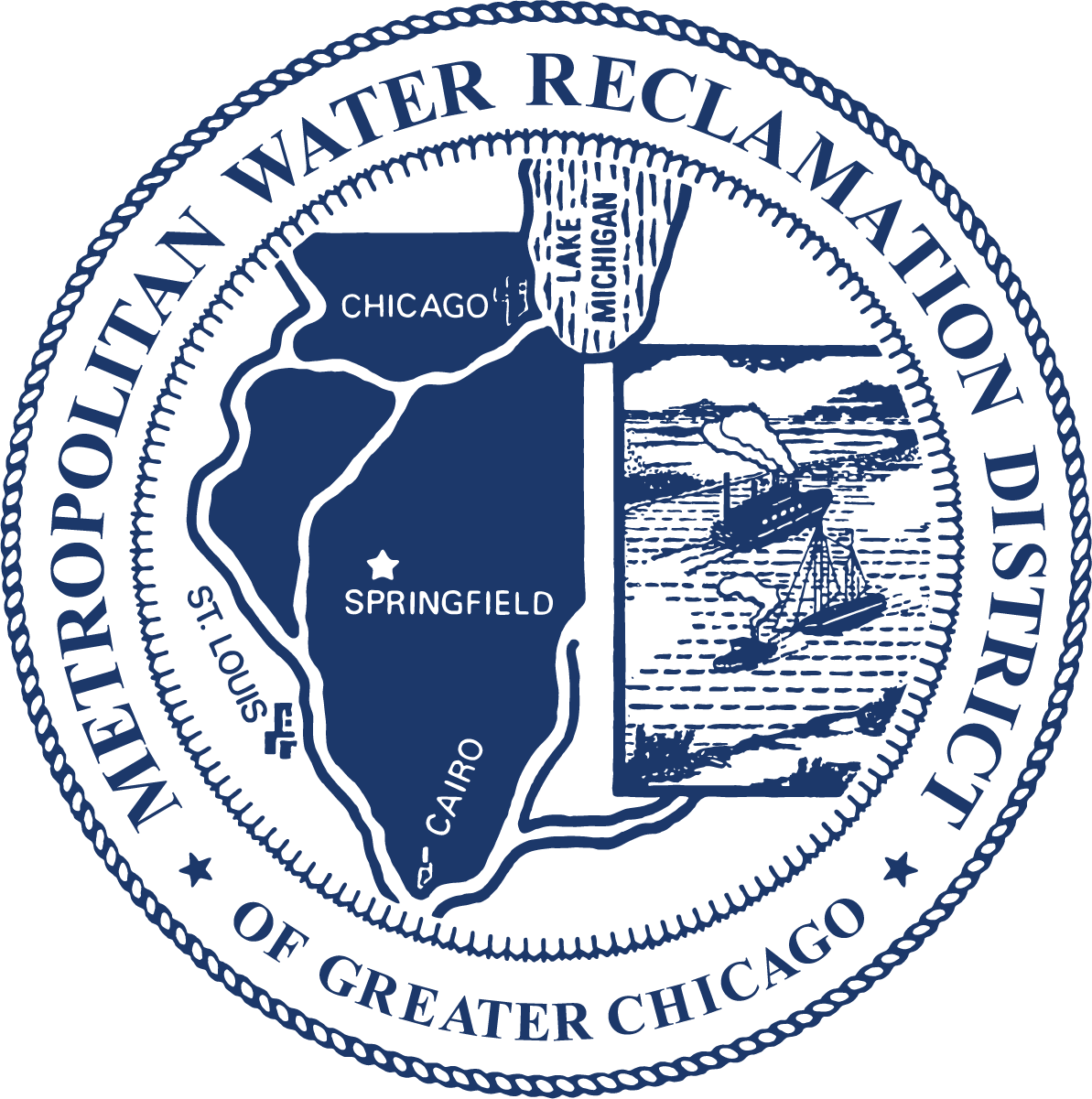Chicago Area Waterway System (CAWS)
The Chicago Area Waterway System (CAWS) consists of 76.1 miles of canals and altered portions of natural rivers. Built by the MWRD and completed in 1922, the CAWS provides drainage for much of the Chicago region and is a navigation connection between the Great Lakes and the Mississippi River. The MWRD uses control structures to maintain water levels in the system and reduce the risk of overbank flooding.
Infrastructure, transportation and recreation
The waterways of the CAWS are a destination for recreation, an essential part of our region’s infrastructure, and a transportation route. Tour boats, kayaks and commercial barge traffic share the waterway system.


Natural habitat
The MWRD makes over 8,000 acres of our property along the CAWS available for use by surrounding communities as parks and green space. This property provides vital habitat for wildlife and a place for residents to enjoy nature. The waterway system is home to over 75 species of fish, including bass, catfish, and perch. Birds such as herons, ospreys and egrets can be seen along its banks. Water quality in the CAWS has improved dramatically in recent years thanks to the work of the MWRD.
Rivers and canals in the Chicago Area Waterway System
- Chicago Sanitary and Ship Canal
- North Shore Channel
- Calumet Sag Channel
- North Branch of the Chicago River (downstream of the junction with the North Shore Channel)
- South Branch of the Chicago River
- Main Stem of the Chicago River
- Calumet River
- Little Calumet River (downstream of the junction with the Calumet-Sag Channel)
Why was the CAWS built?
1. To protect Lake Michigan, our region’s water supply, from pollution. The system was built before wastewater treatment technology existed. Pollution from rivers in our area was flowing into Lake Michigan. The CAWS reversed the flow of the Chicago and Calumet river systems away from the lake.
2. To provide drainage for the region. Since it is below the surrounding landscape, the CAWS gives water a place to drain to.
3. To establish a connection for boats and barges between the Great Lakes and the Mississippi River.
See our history page for more about CAWS construction and history.
Where the water comes from
Water enters the CAWS from Lake Michigan through three control structures: Wilmette Pumping Station, Chicago River Controlling Works, and O’Brien Lock and Dam. The lake water helps improve water quality in the system. Besides lake water, the CAWS also receives water from tributary streams, such as the North Branch of the Chicago River, and treated water from MWRD water reclamation plants (WRPs).
In heavy rainfall, the CAWS can also receive runoff and water from sewer overflows. (The MWRD’s Tunnel and Reservoir Plan is designed to reduce sewer overflows and they have become much less frequent in recent years).
Where the water goes
Water flows out of the CAWS into the Des Plaines River at Lockport Powerhouse and Lockport Controlling Works. The MWRD has generated hydroelectricity at our Lockport Powerhouse since 1907. The electricity from the powerhouse is sold back to the electrical grid for an average of 1 million dollars per year.






